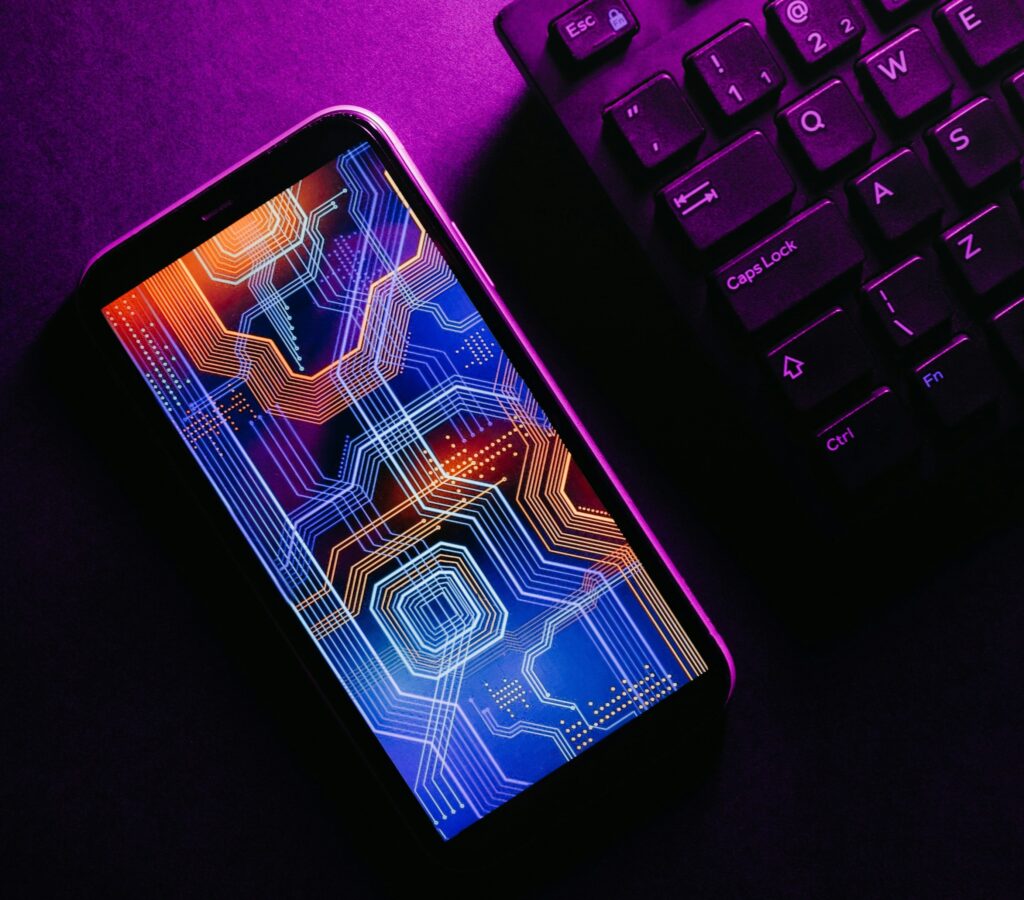Captivating visuals and intuitive layouts are foundational for any user interface (UI), but a dynamic element can truly elevate the experience: animation. While some see it as a simple aesthetic touch, animation in UI design offers a much broader range of benefits. By strategically using well-designed animations, UX designers can not only enhance user interfaces but also improve user understanding and foster a sense of delight and engagement. This article dives deep into the world of UI animation, exploring its advantages, best practices for implementation, common animation types, and how to avoid potential pitfalls.
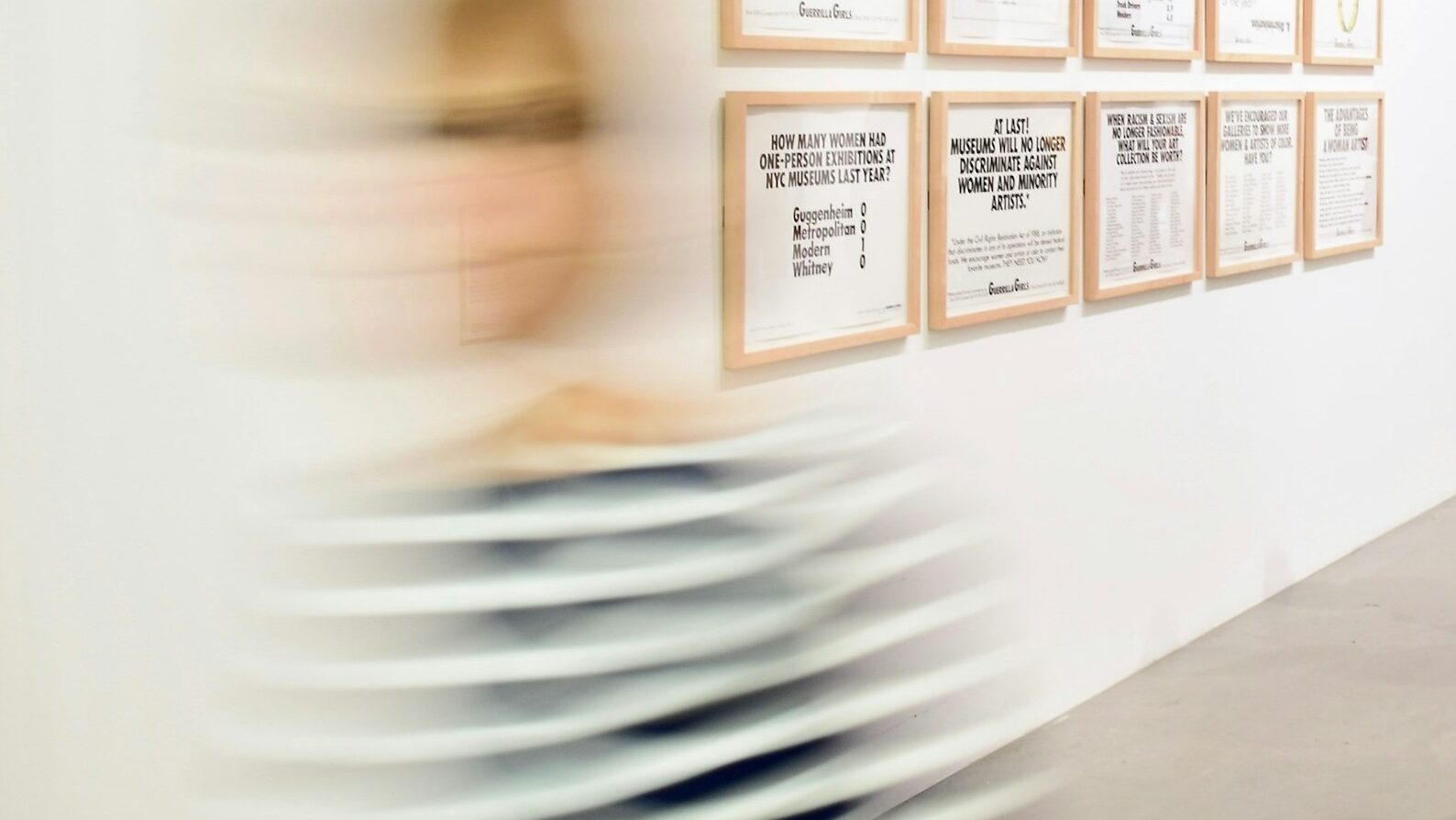
Understanding the Power of Animation in UI Design
Animation goes beyond simply adding movement; it’s a powerful storytelling tool within a digital interface. Effective animations can:
Enhance User Experience (UX)
Animations can bridge the gap between static elements and user interaction, thereby creating a more dynamic and engaging experience. For instance, smooth transitions between screens can help users avoid feeling disoriented while they navigate the interface.
Improve User Guidance and Feedback
Let’s leverage animation to effectively guide users through unfamiliar interfaces or complex tasks. Subtle animations can illuminate interactive elements, making it clear what users can interact with. They can also clarify the outcome of user actions and provide immediate visual feedback through loading bars or progress indicators, ensuring users stay informed throughout the process.
Convey Information Clearly and Concisely
Well-designed animations can transform complex information or processes into something clear and easy to understand. By breaking down information into digestible steps or visually representing data flows, animations actively aid user comprehension. This approach makes it much easier for users to grasp the information being presented.
Strengthen Brand Identity and Emotional Connection
Animation serves as a powerful tool for subtly communicating a brand’s personality and values. For instance, playful animations can evoke a sense of approachability, while elegant transitions can reinforce a brand’s image of sophistication.
Increase User Engagement and Delight
Well-crafted animations weave a touch of magic into interfaces, igniting user curiosity and prompting exploration. In turn, these delightful animations can create a lasting positive impression, ultimately contributing to a memorable user experience.
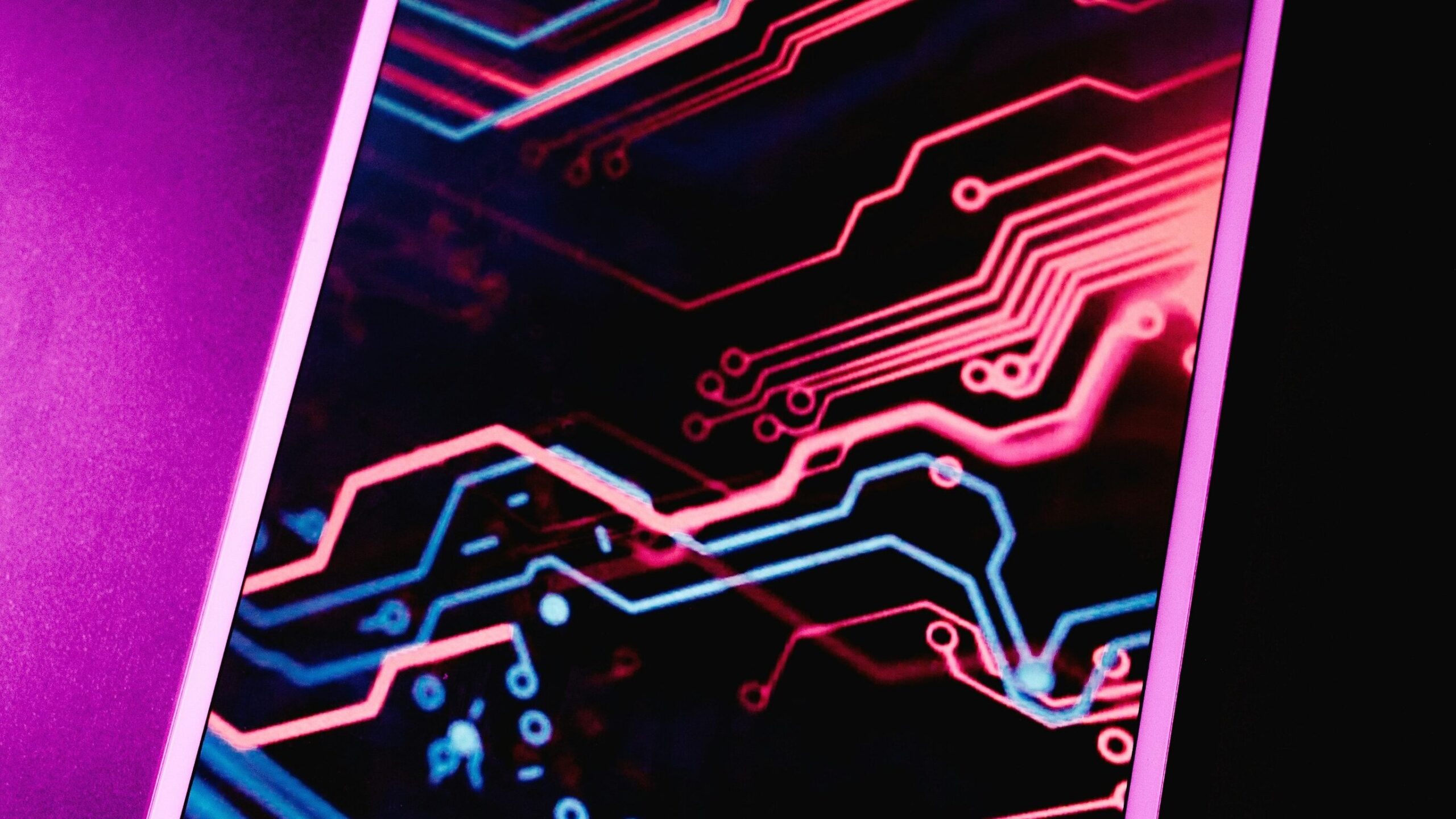
Animations in UI Design
The world of UI animation encompasses a diverse range of techniques, each serving a specific purpose:
1. Microinteractions: These subtle, yet impactful, animations occur in response to user actions, such as hovering over a button or selecting an item. Microinteractions provide immediate feedback and reinforce a sense of interactivity.
2. Transitions: Animations used to connect different states or screens within the interface. Smooth transitions ensure a seamless user flow and prevent disorientation during navigation.
3. Loaders and Progress Indicators: Animations employed to visually represent loading times or the progress of tasks. Engaging loaders can keep users informed and prevent frustration during wait times.
4. Data Visualization: Animations can be used to bring data to life, making complex information sets easier to understand and interpret. Interactive charts or animated graphs can engage users and facilitate data exploration.
5. Onboarding and Tutorials: Animations can be used to create interactive onboarding experiences or explainer tutorials. Visually guiding users through the interface’s core functionalities can significantly improve the initial user experience.
7. Attention Grabbing Animations: Strategic use of animation can draw user attention to specific elements or calls to action (CTAs) within the interface. However, this should be used sparingly to avoid overwhelming users.

Psychological Principles Behind Effective UI Animation
Understanding core psychological principles can further enhance the impact of animation in UI design:
The Gestalt Principles
These principles describe how humans perceive visual elements. By leveraging Gestalt principles like proximity, similarity, and closure, animators can create animations that are visually organized and easy to follow.
Cognitive Load Theory
This theory suggests that human working memory has limited capacity. Animations can be used to reduce cognitive load by simplifying complex tasks or highlighting key information.
Emotional Design
Animations can evoke emotions in users. Playful animations can create a sense of joy, while smooth and elegant animations can convey a feeling of sophistication or trust.
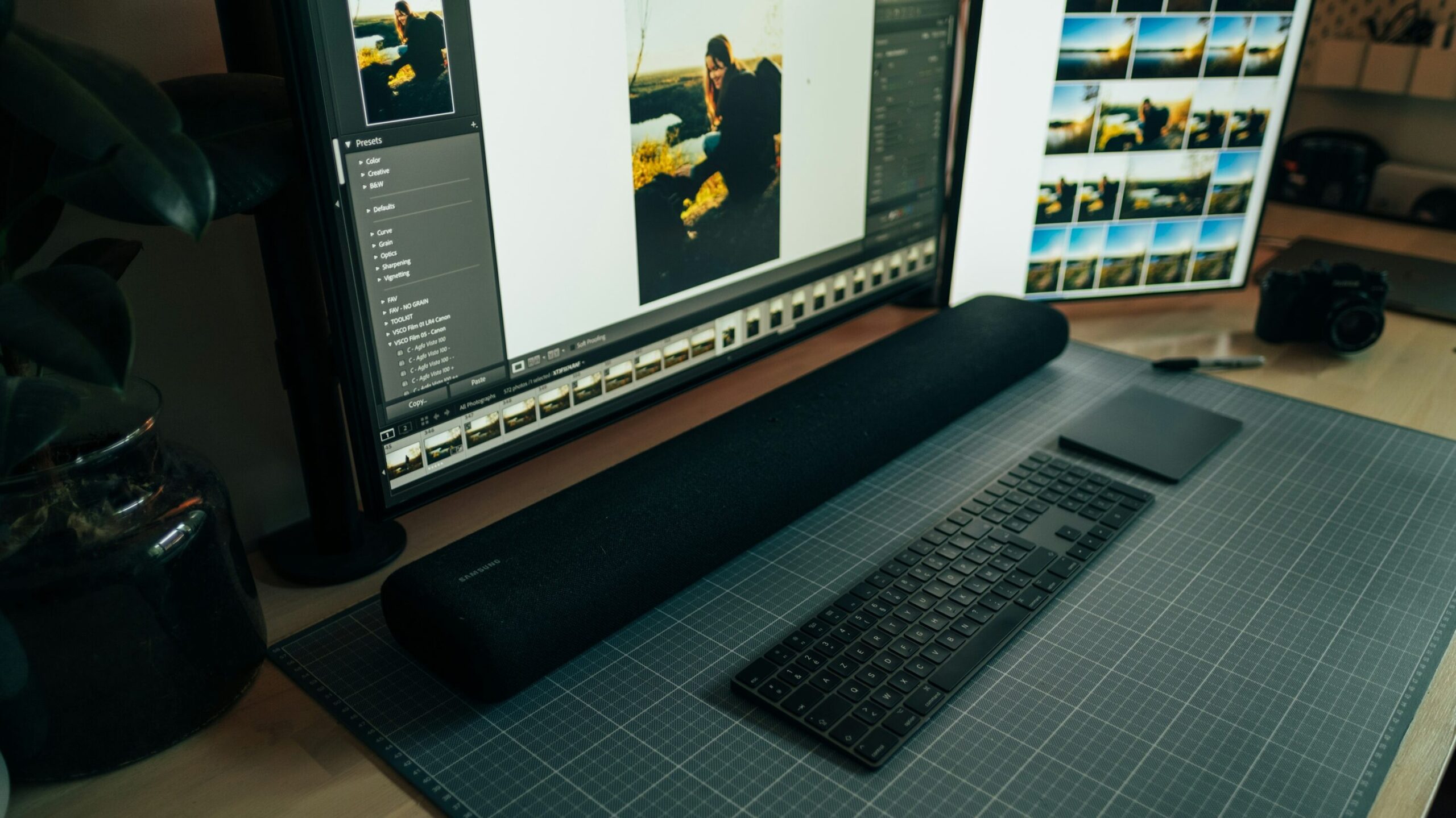
Animation Techniques for Different Devices and Platforms
The way animation is implemented can vary depending on the target device or platform:
Desktop Interfaces
Desktop interfaces typically allow for more complex animations due to higher processing power and larger screen sizes.
Mobile Interfaces
Mobile animations need to be lightweight and optimized for performance to ensure smooth user experience on devices with varying processing capabilities.
Touchscreens
Animations on touchscreens should be responsive to user gestures and provide clear visual cues for interaction.
Web Animations
Web animations should adhere to web development best practices to ensure compatibility across different browsers and devices.
Motion Graphics
Motion graphics principles can be applied to UI animation to create visually engaging and impactful experiences.

Animation for Accessibility
While animation offers a wealth of benefits, it’s crucial to ensure inclusivity for users with disabilities:
Provide Alternatives
For animations that convey information, offer alternative ways for users with visual impairments to access the same information, such as text descriptions or audio cues.
Consider Color Contrast
Ensure animations maintain sufficient color contrast between moving elements and the background to aid users with low vision.
Avoid Reliance on Motion
Don’t make crucial actions solely dependent on animations. Users who rely on screen readers or have motion sensitivities might miss critical information.
Controllable Animations
Whenever possible, allow users to control the speed or disable animations altogether to cater to individual preferences.
Measuring the Impact of UI Animation
The effectiveness of animation in UI design can be measured through various methods:
1. Usability Testing: Observe how users interact with animated elements and gather feedback on their clarity and perceived helpfulness.
2. A/B Testing: Compare versions of the interface with and without animation to see which version leads to better user engagement and task completion rates.
3. Eye-Tracking Studies: Analyze where users focus their attention during interaction with animations to assess their effectiveness in guiding user flow.
4. User Analytics: Track user behavior data, such as time spent on specific pages or click-through rates on CTAs, to see if animations influence user actions.
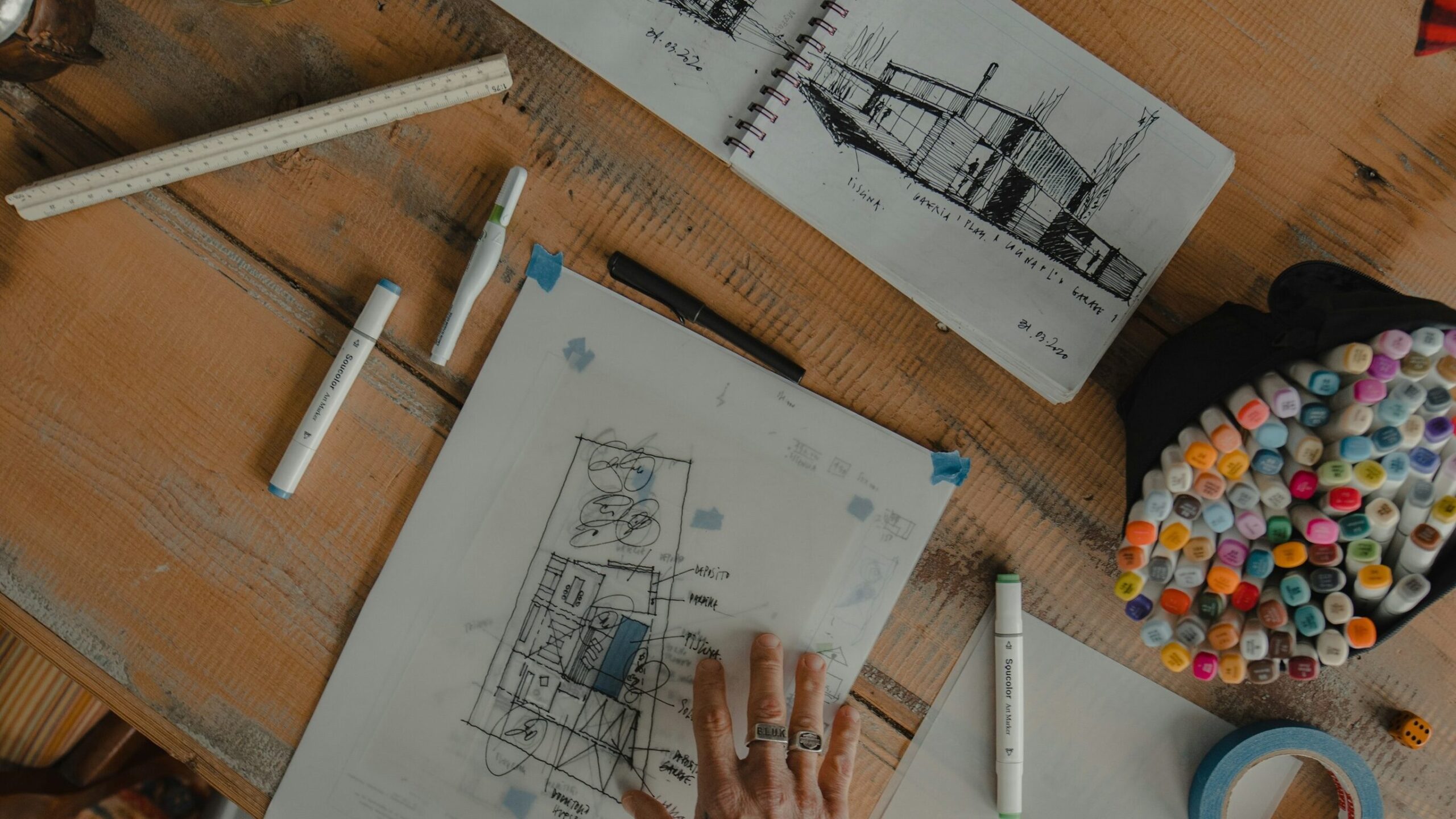
The Future of Animation in UI Design
As technology leaps forward and user expectations transform, animation in UI design remains a critical element. Subtle animations and micro-interactions are likely to become even more widespread, with a focus on creating seamless user interaction and intuitive guidance. Furthermore, the growing popularity of animation tools and libraries empowers designers to effortlessly integrate animation into their workflows, democratizing access to this powerful design element.
- Personalized Animations: Animations that adapt to user behavior or preferences, creating a more individualized and engaging experience.
- Interactive Data Visualization: Highly interactive and dynamic data visualizations powered by animation, allowing users to explore information in new and intuitive ways.
- Augmented Reality (AR) and Virtual Reality (VR) Integration: Animation will play a crucial role in creating immersive and interactive experiences within AR and VR environments.
- AI-Powered Animation: Artificial intelligence (AI) could be used to create personalized animations or dynamically adjust animation styles based on user behavior and context.
By harnessing the power of animation thoughtfully, designers can create user interfaces that are not only functional and aesthetically pleasing but also engaging, delightful, and truly user-centric.
Examples of Effective UI Animation in Action
While grasping the theoretical advantages of animation is undeniably valuable, witnessing its power in action can be even more inspiring. Let’s delve into real-world examples: how various companies are leveraging animation to craft exceptional user experiences.
- Dropbox: Dropbox utilizes subtle microinteractions to enhance user experience. When hovering over a file, the file icon transforms into a preview of the content, providing a quick glimpse without needing to open the file. This animation is a delightful surprise and adds a touch of polish to the user interaction.
- Duolingo: The language learning app Duolingo leverages animation extensively to create a gamified and engaging experience. Completing lessons unlocks playful animations that celebrate user progress and motivate them to continue learning. This use of animation reinforces positive user behavior and fosters a sense of accomplishment.
- Apple: Apple is renowned for its clean and user-friendly interfaces, often incorporating subtle animations to enhance usability. When opening an app on a Mac, the app icon animates smoothly as it transitions into the application window. This animation provides a clear visual cue of the app launching and reinforces a sense of responsiveness.
- Mailchimp: The email marketing platform Mailchimp utilizes animation to guide users through complex tasks. Their drag-and-drop email builder incorporates animations to visually represent the movement of elements, making the process intuitive and user-friendly for both experienced and novice users.
- Airbnb: Airbnb utilizes animation to showcase listings in a captivating way. When searching for accommodations, hovering over a listing triggers an animation that brings the listing photo to life, showcasing the property’s interior or surrounding environment. This animation adds a layer of interactivity and entices users to explore different listings.
These are just a few examples, and the possibilities for using animation in UI design are vast. By understanding the different animation techniques, considering psychological principles, and ensuring accessibility, designers can leverage animation to create interfaces that are not only functional but also beautiful, engaging, and truly user-centric.

Call to Action: Use the Power of Animation in Your UI Design Projects
Hopefully, this exploration of animation in UI design has ignited your creative spark. Here are some tips to get you started with incorporating animation into your own projects:
Start with a clear purpose
Before adding animation, identify the specific goal you want to achieve. Is it to improve user guidance, enhance brand identity, or simply add a touch of delight?
Keep it simple and focused
Avoid overwhelming users with excessive animation. Focus on strategic use of animation to highlight key functionalities or improve specific user interactions.
Test and iterate
As with any design element, user testing is crucial. Observe how users respond to animations and refine them based on feedback to ensure they are effective and not distracting.
Explore animation tools and libraries
Numerous animation tools and libraries can streamline the animation creation process for designers. Experiment with different tools to find what works best for your workflow.
By embracing the power of animation thoughtfully, you can breathe life into your user interfaces, elevate the user experience, and create truly memorable digital interactions.
Conclusion
Designers can wield animation as a powerful tool to craft truly impactful user interfaces. While animation can add a touch of visual flair, its true potential lies in its strategic application. By effectively incorporating animation, designers can enhance user experience, clearly convey information, and foster a strong brand connection. This strategic approach involves understanding the diverse animation types available, implementing industry best practices, and avoiding common pitfalls. Through this commitment to thoughtful animation, designers can bring interfaces to life, effortlessly guiding users on their digital journeys.
Related Posts:
The Power of Microinteractions in UX Design
Dieter Rams and The Timeless Commandments of Good Design
What is Problem-Solving in the Design World?
Unveiling the Magic: UI vs. UX Design
